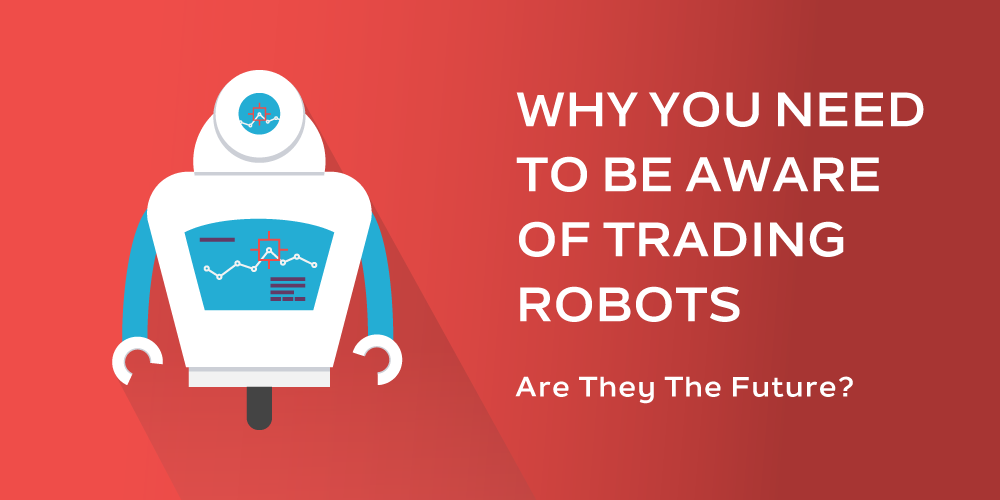
Algorithmic trading has grown extensively over the years and now makes up a substantial portion of trading activity. In fact, 50 percent or more of all stock trades are done by high frequency traders, or HFT.
What might this mean for you? For one, HFT can lead to tighter bid or ask spreads. These spreads have narrowed significantly over the last decade as more trading has gone electronic. Stocks that used to trade in fractions now also trade in pennies, further tightening bid/ask spreads.
High frequency traders provide liquidity which is critical to any market. Without buyers and sellers, there simply is no market. These traders act as a market maker of sorts and may help markets operate more efficiently, although this can be up for debate.
Are There Any Disadvantages to High Frequency Traders?
Some consider their actions cheating. High frequency trading firms can pay to see both public and private exchange incoming customer orders. For example, if a firm sees an order looking to buy a large block of stock ABC, then the firm may go out and buy all the available shares of ABC before the investor’s order even reaches the exchange. The firm can then sell the stock at a higher price to the investor and wipe their hands clean of the trade.
All of this activity can happen in milliseconds. In a game where milliseconds can be the difference between making money and losing money, technology is key and so is location. Traders want to be geographically close to exchange servers because it reduces transmission time.
High frequency trading programs are also notorious “stop-hunters.” These systems may be designed to locate clusters of stop-loss orders in a market and trigger them, only to then reverse position and take advantage of the slippage on stops. For example, a program could be designed to sell a market down to the point it believes has clusters of sell-stops. Once the sell-stops are triggered, the market falls even further as a flurry of additional selling takes place. Because the algorithm can act much faster than a human, the high frequency trading program may reverse course and buy once all the stops have been triggered. This allows the program to buy and sell at potentially advantageous levels while leaving many retail traders wondering why their trade went south.
So What Can I Do?
Like it or not, the robots are here to stay. Despite this, the markets still provide ample opportunities for investors both large and small. While many may consider trading algorithms the enemy, the fact is that you can still potentially trade effectively. In fact, if you understand how many of these algorithms operate, you may be able to use them to your advantage.










